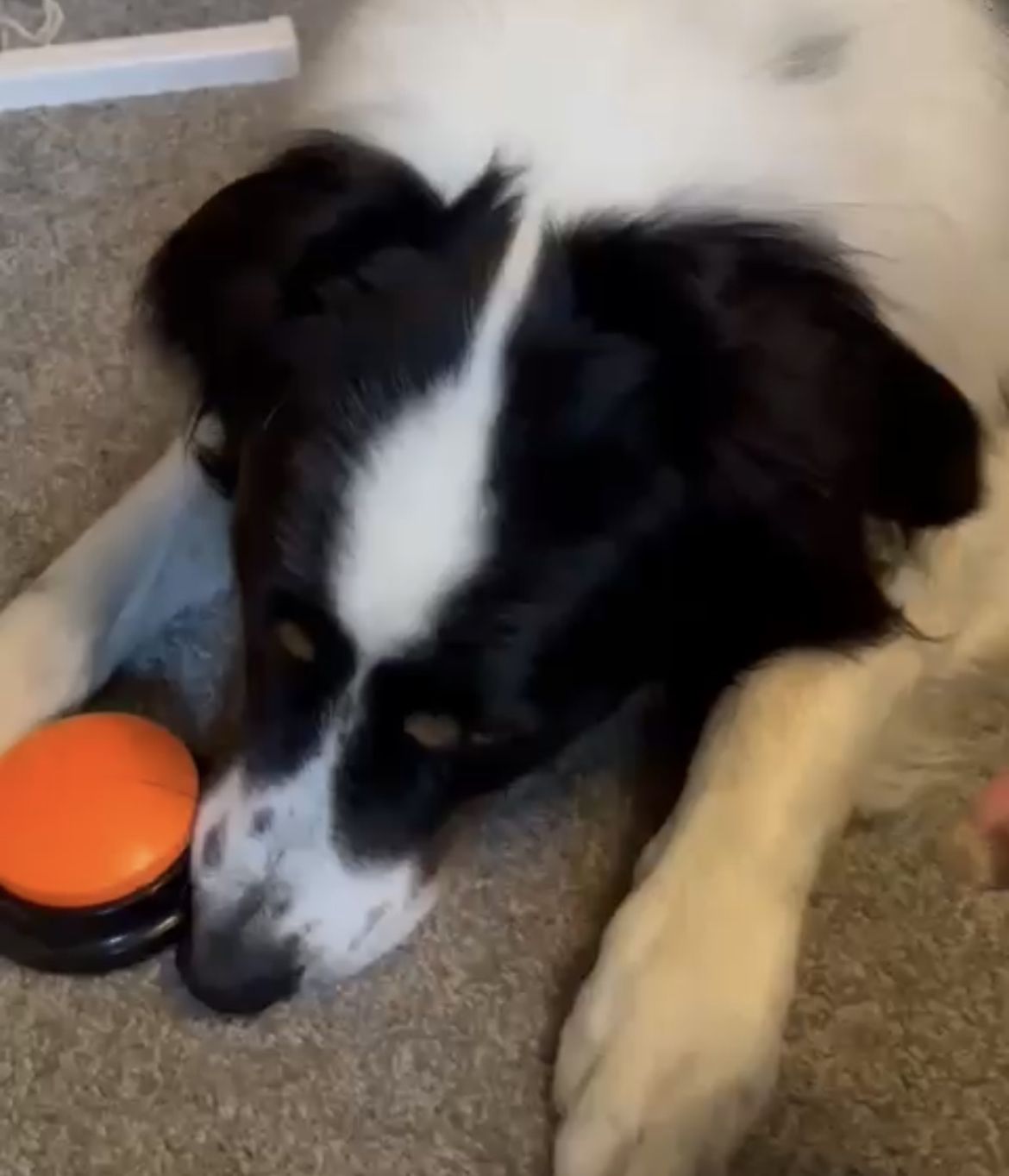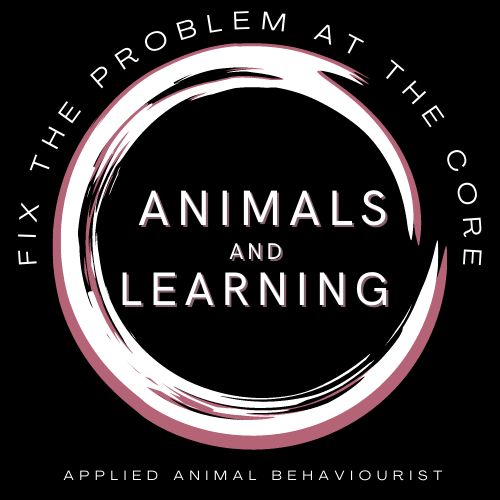
Aggression can take many forms, growling, biting, barking. It’s not just in the obvious behaviours, but the more subtle ones too. Lip licking, the corners of the mouth curling, freezing and slight cowering, maybe even a tail wag. A dog’s aggression doesn’t usually come out of nowhere, there is always signs, you just must know what to look for. Aggression can start off harmless and as a small reaction, but over time this may morph into something more sinister. The last thing you need is you, others, and your dog at risk. A dog can, and will be, euthanised for aggression. So, if you want to work with you dog and reduce the risk keep reading.
Usually, aggressive dogs are not just nasty dogs—there’s a much deeper reason for their behaviour. Every behaviour has a meaning to it so you might have to dig a little deeper to figure it why your dog is behaving the way they are.
Aggressive dogs are usually masking how they truly feel. I’m sure you’ve heard of fight or flight. Anxiety can present itself in many ways, some dogs become more submissive—they choose to freeze, or they choose to run in anxious situations. Other dogs choose to become more aggressive to protect themself. The bottom line is, something frightens the dog, and in turn, they lash out to protect themselves. Their self-preservation goes into overdrive—at least, this is accidently and on instinct the first few times…
Aggression is normally a learned behaviour and to some extent, self-soothing behaviour. When they bark or growl or even bite, the stimuli that has triggered the behaviour often recoils (think about if a dog went to bite your hand, what would you do?). Therefore, the dog learns if they perform the behaviour, the things they want to move away does, and it rewards them as they get what they want.
Therefore, this cycle needs to be broken and addressed, as the more the dog does it with success, the stronger the reaction will become. What you need to do is get to the root-cause of why your dog is being aggressive and tackle that. Simply addressing the aggression with the new learned behaviours or with means of training tool such as electric shock collars or prong collars will not be enough. These methods will only put a temporary stop to it and in some cases supress it, which can be far more dangerous. If you want a better chance at fixing your dog’s aggression you must tackle the issue at the core. You need to think about other times anxious behaviours have come up and work out what the trigger is. Once you do that, you can start correction to turn the scary stimuli into a positive stimulus.
Just because dogs are aggressive, does not mean they are a lost cause. No dog is so broken it can’t be fixed, you just must know how to fix them and have the time to dedicate to the process. The process is not easy, it’s a long one than can take years and during this time, you can’t slip.
We offer lots of different behavioural courses that could help teach you how to manage your dog’s aggression. We tackle the root-cause analysis to help you move forward with your pooch.



